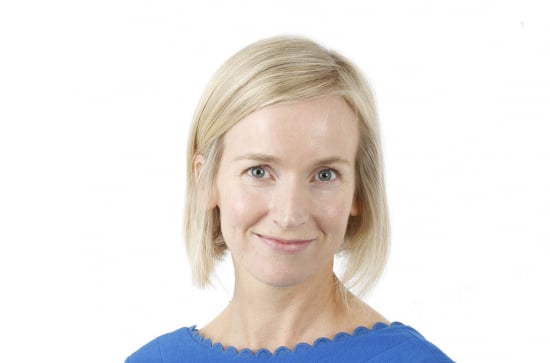Diane Hassett

For Diane Hassett, studying the MSc Design Innovation at Maynooth University as a senior manager began as a way to broaden her thinking about supporting teams in solving problems to come up with innovative new approaches; it also opened the door to a PhD.
A chemical engineer by training, Diane always had an interest in facilitation, business improvement, and how processes work .She progressed through engineering and senior leadership roles in manufacturing and financial services , before moving to J&J Vision Care in Limerick where she stayed for almost 15 years.
Much of her work had involved cross-functional engagements with IT, engineering, and compliance teams on projects like quality management, or leading the launch of new production lines, and she wanted a fresh way of approaching that collaboration.
This led her to look for courses that would give her a fresh perspective, and she found the MSc Design Innovation at Maynooth University, which incorporates design thinking principles.
“Whenever you’re very industrial and manufacturing-based, design thinking lets you think about other things that contribute to that system. While I was thinking about doing the course, I would have talked to Assistant Professor Trevor Vaugh, and I was very impressed with the team and the approach they were taking,” she says.
Diane began in the 2016/17 academic year as a two-year part-time MSc. Looking back, she feels it gave her “a framework to fit everything together”, by giving her the tools to gather input from a wider variety of sources when starting to solve business problems. “It’s more holistic and shows the need for more diversity – it’s not just going to technical people to get technical answers. You listen more proactively and you’re trying to make people part of the solution as opposed to getting feedback and just doing something,” she says.
The MSc also showed her the benefit of staying with the problem identification stage longer because it leads to better results. “The challenge in a work environment is that you’re always dealing with solutions and getting to the goal. The course helped me to always think about identifying where the real problems are, to figure out the right solutions,” she says.
Diane enjoyed the “enjoyable and lively” group that Maynooth University curated for the course, and she has stayed in touch with many of her fellow students. “We had anthropology students that had been undergraduates, and then you would have had product design folks as well. Half the class was people like me, with 10-20 years’ experience looking to either boost their career or look at an alternate path, or some people running their own businesses,” she remembers.
Some of the modules that stood out most for Diane were design ethnography and user experience, which were “so insightful and really powerful in terms of being able to observe and get feedback and input from stakeholders”.
The latter lectures also introduced students to an emerging method that takes account of emotions in designing products and services, and reflecting people’s needs. “If people are feeling isolated, how do you get that feedback, and convert how they are feeling in a process and convert that into functional requirements?”
For example, when a company has a new employee coming on board, it often bombards them with a reading list of policies and documents which can often feel intimidating to a new recruit. As Diane explains: “What feelings do they experience while doing that and how would you innovate and design it to make it a more positive experience? How do you convert those negative emotions into ways of changing a process to improve the experience?”
Diane has adopted this approach as the basis of her ongoing work and for her PhD. “I loved the method and it’s an avenue that is worth further work,” she says.
